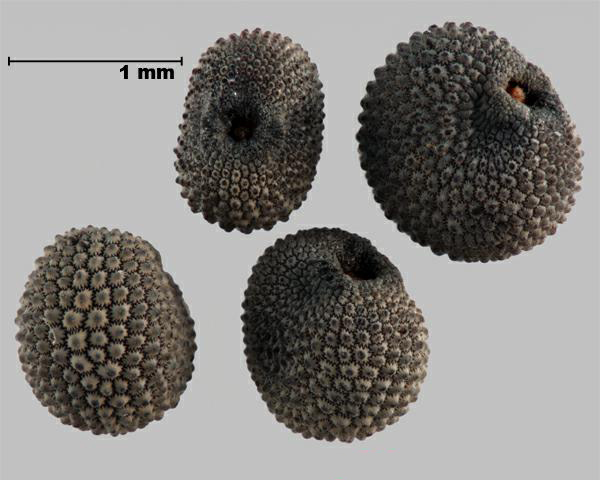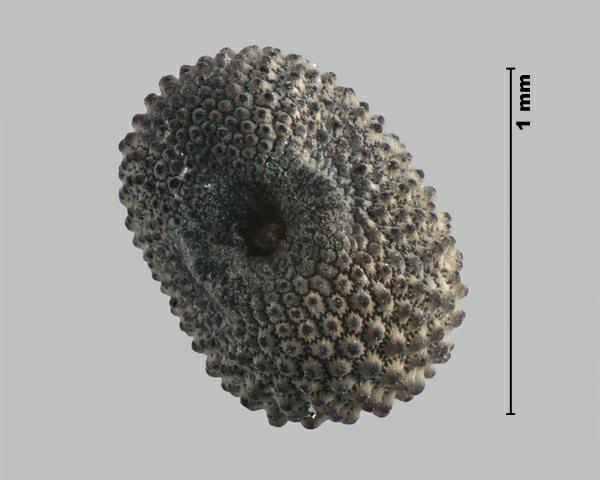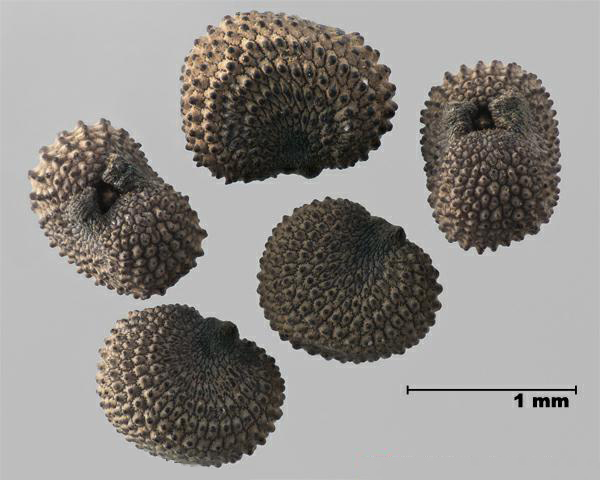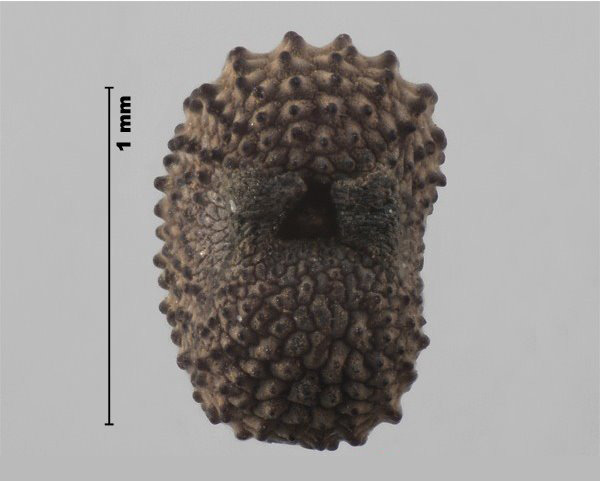Family
Caryophyllaceae
Common Name
Night-flowering catchfly
Regulation
Secondary Noxious, Class 3 in the Canadian Weed Seeds Order, 2016 under the Seeds Act.
Distribution
Canadian: Occurs in AB, BC, MB, NB, NL, NS, ON, PE, QC, SK and YT (Brouillet et al. 2016Footnote 1).
Worldwide: Native to parts of Europe and temperate Asia (USDA-ARS 2016Footnote 2). Naturalized in other parts of Europe, New Zealand, and North America (USDA-ARS 2016Footnote 2). In United States, it is widespread but more common in northern states (USDA-NRCS 2016Footnote 3).
Duration of Life Cycle
Annual
Seed or Fruit Type
Seed
Identification Features
Size
- Seed length: 0.9 - 1.5 mm
- Seed width: 0.8 - 1.3 mm
Shape
- Seed D-shaped, compressed, with the hilum in the middle of the flat edge
Surface Texture
- Seed densely covered with randomly arranged tubercles
Colour
- Seeds tend to be covered with a pale yellow bloom; dark red if immature or the bloom is removed
Other Features
- Hilum is flanked by 2 small pads with blocky cells on their surface
Habitat and Crop Association
Cultivated fields (especially leguminous crops), pastures, gardens, hayfields, old fields, railways roadsides and disturbed areas (McNeill 1980Footnote 4, Frankton and Mulligan 1993Footnote 5, Darbyshire 2003Footnote 6).
General Information
Night-flowering catchfly plants can produce up to 2500 seeds per plant. Not fully matured seed can germinate similarly to mature seed shed from the capsule (McNeill 1980Footnote 4). The small seed size makes it difficult to clean out of clovers such as Alsike clover. Contaminated seed is the main method of spread for this species (McNeill 1980Footnote 4).
Similar Species
White cockle (Silene latifolia subsp. alba)
- It is similar to night-flowering catchfly in size and D-shape.
- White cockle seed is usually covered in a whitish bloom, has an 'open mouth' hilum, with an inflated shape. Night-flowering catchfly seed may have a yellowish bloom, or is reddish in colour. The hilum is bordered by two small pads and the seed does not appear inflated.
Bladder campion (Silene vulgaris)
- Similar D-shape, size and pads near hilum as night-flowering catchfly.
- Bladder campion seed tends to be greyish in colour, has two large pads near the hilum, tubercles arranged in rows and is angular. Night-flowering catchfly seed may have a yellowish bloom, or is reddish in colour. The hilum is bordered by two small pads, tubercles randomly arranged and the seed is rounded.
Photos
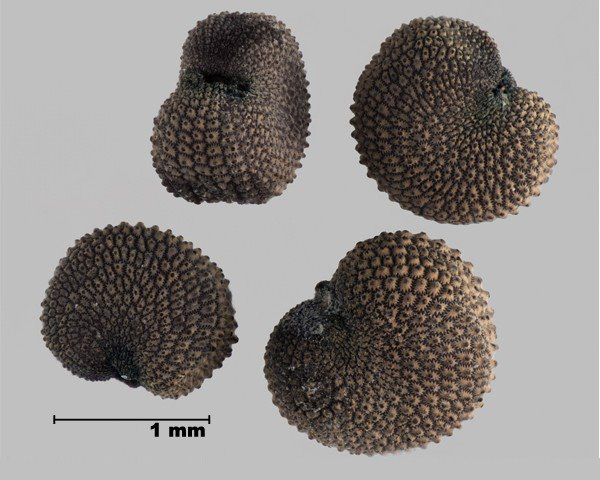
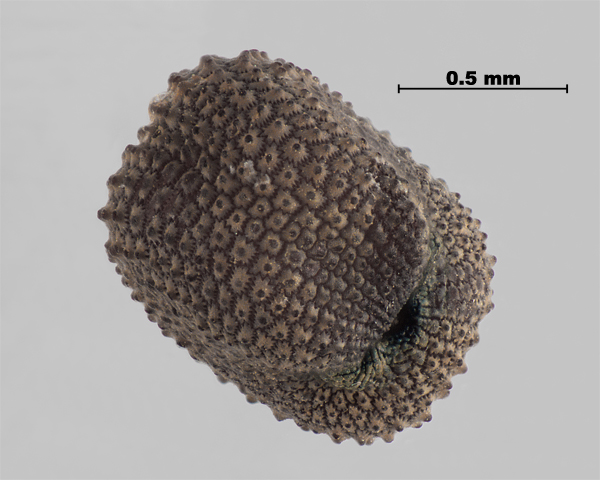
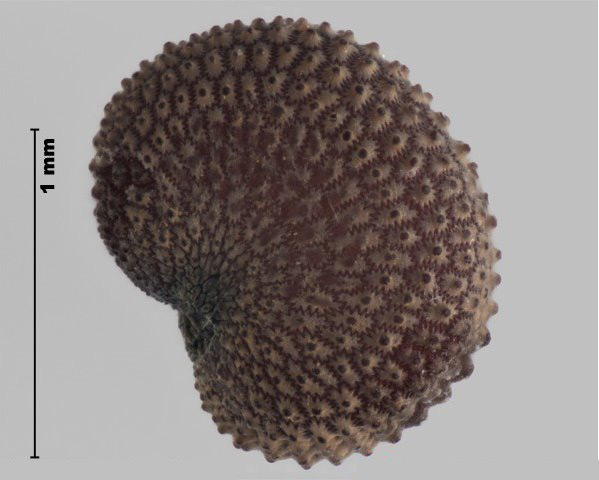

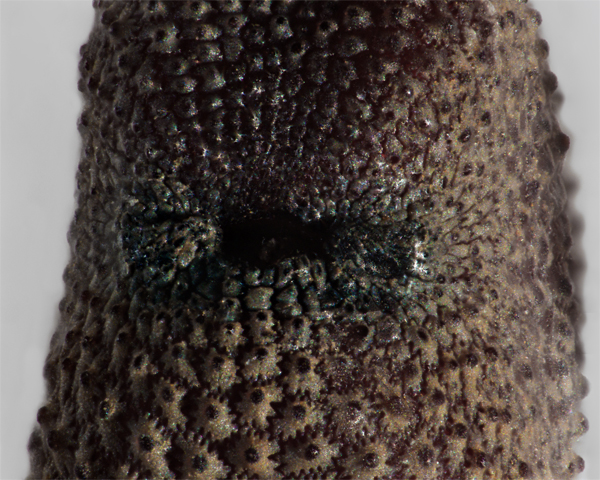
Similar species
